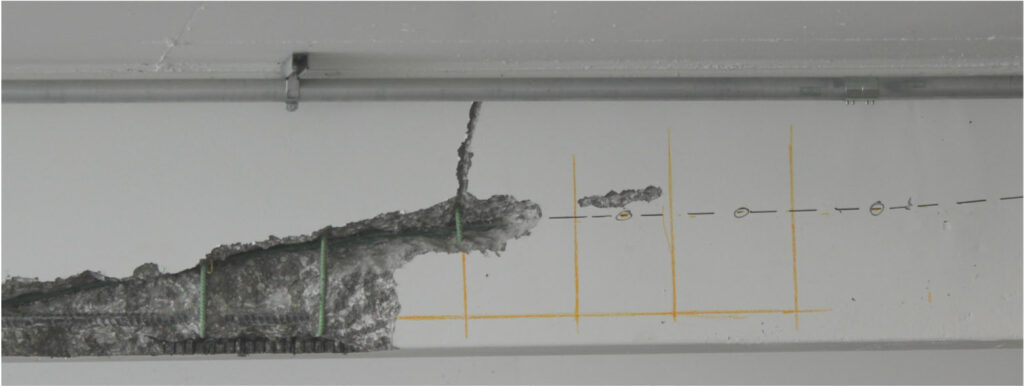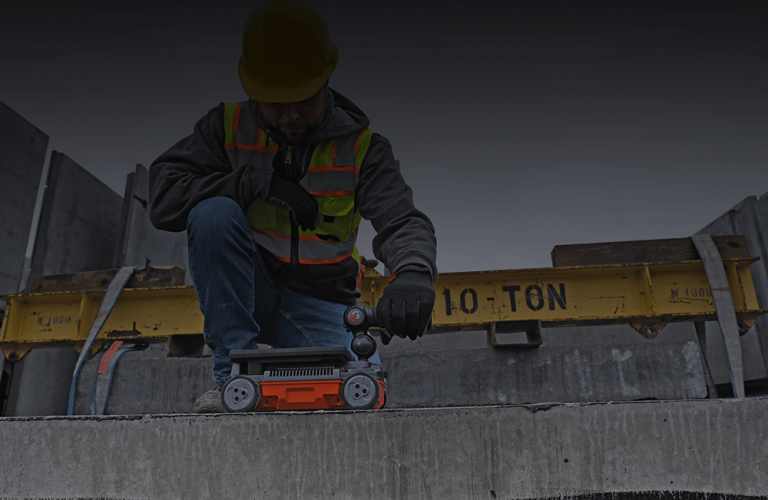RainierGPR Concrete Scanning: Cutting-edge Solutions for Complicated Tasks
RainierGPR Concrete Scanning: Cutting-edge Solutions for Complicated Tasks
Blog Article
Exploring the Secret Advantages of Concrete Scanning in Building And Construction Projects
In the world of modern construction practices, the use of concrete scanning modern technology has actually arised as an essential tool for making sure project performance and structural stability. From improving precaution to properly spotting utilities concealed underneath the surface, the advantages of concrete scanning are complex. The ability to simplify job timelines and lower expenses while preserving existing frameworks is a testament to the value this modern technology gives the building market. As we delve into the nuanced benefits of concrete scanning, it becomes evident that its impact extends much past surface-level analyses, supplying a peek right into the intricate internet of advantages waiting to be uncovered.
Enhanced Safety And Security Steps
Making use of sophisticated concrete scanning modern technology enhances precaution on construction websites by offering accurate discovery of prospective dangers concealed below the surface. This innovation enables building teams to determine rebar, conduits, post-tension cables, and other blockages before excavation or exploration, dramatically decreasing the risk of accidents. By determining these aspects precisely, workers can stay clear of harmful essential structural parts, hence preventing injuries, delays, and costly repair work.
Additionally, concrete scanning plays an important function in making certain the honesty of existing frameworks throughout developments or improvements. By finding weaknesses, spaces, or deterioration within concrete components, engineers can attend to these issues proactively, improving the total safety and long life of the building. This positive approach not just mitigates the danger of architectural failings yet also decreases the potential for mishaps brought on by unpredicted architectural deficiencies.
Basically, the application of concrete scanning technology acts as an aggressive safety measure that safeguards both building employees and the architectural honesty of structures, eventually adding to the total success and performance of construction jobs. - RainierGPR Concrete Scanning
Accurate Detection of Energies
Concrete scanning innovation promotes exact recognition of below ground energies, enhancing building and construction website safety and security and performance. Precise detection of utilities is crucial in building and construction jobs to avoid costly problems, task hold-ups, and most notably, make sure the security of workers and the general public. By making use of innovative scanning technologies such as ground-penetrating radar (GPR) and electromagnetic induction, construction teams can draw up the place of hidden pipes, cables, and various other energies with high degrees of precision.

Time and Expense Effectiveness

Concrete scanning technology allows building and construction groups to properly situate rebar, post-tension cables, and other embedded objects within concrete structures. This exact information assists in preventing pricey errors such as unintended damages to vital aspects throughout exploration, reducing, or coring activities. In addition, by recognizing potential risks ahead of time, the demand for pricey fixings or remodel due to problems can be lessened, resulting in cost savings for the task.

Furthermore, the ability to swiftly and accurately find energies underneath the surface area without causing any kind of damages not only saves time but also protects against costly disturbances to existing framework. On the whole, the time and cost performance advantages of concrete scanning make it an important tool for boosting construction job management and implementation.
Conservation of Structural Honesty
Maintaining the structural integrity of buildings and infrastructure is vital in making sure lasting stability and safety. Concrete scanning plays a crucial role in this conservation process by enabling building professionals to recognize prospective dangers to the structural stability of a structure or facilities prior to they escalate right into major issues. With the usage of sophisticated scanning innovations such as ground-penetrating radar (GPR) and electromagnetic induction, building groups can non-invasively examine the condition of concrete structures, situate rebar, post-tension cords, and various other ingrained components, and determine any read this type of spaces, splits, or deterioration within the concrete.
Improved Task Planning
In order to make certain the successful implementation of construction projects, thorough focus to detail and extensive planning are necessary parts that come from a comprehensive understanding of the structural conditions recognized with concrete scanning. Improved project preparation, facilitated by concrete scanning, enables building groups to preemptively deal with potential challenges, designate resources much more efficiently, and develop reasonable timelines. By properly identifying the location of rebar, post-tension cords, and various other ingrained items within concrete frameworks, job supervisors can create extra exact building plans that decrease the danger of costly errors or delays. In addition, the information acquired from concrete scanning allows stakeholders to make educated choices concerning structural adjustments, renovations, or developments, bring about smoother task transitions and boosted overall job outcomes. Inevitably, integrating concrete scanning into the task planning stage improves coordination among team participants, promotes positive problem-solving, and contributes to the successful distribution of building tasks within budget plan and routine restrictions.
Conclusion
In final thought, concrete scanning supplies many benefits in construction jobs. By enhancing precaution, properly finding utilities, improving time and expense performance, protecting architectural honesty, and helping in project planning, concrete scanning proves to be a crucial device for successful job implementation. Its capability to mitigate threats, raise efficiency, and guarantee project integrity makes it an important asset for building experts.
In the realm of modern building and construction practices, the usage of concrete scanning technology has emerged as a pivotal tool for making sure task effectiveness and structural honesty.Concrete scanning modern technology enables building and construction groups to properly locate rebar, post-tension cords, and other resource embedded things within concrete structures. Through the usage of innovative scanning innovations such as ground-penetrating radar (GPR) and electromagnetic induction, construction groups can non-invasively assess the problem of concrete structures, find rebar, post-tension wires, and other ingrained components, and determine any type of voids, splits, or damage within the concrete.
In order to ensure the effective execution of building and construction projects, meticulous focus to detail and comprehensive planning are essential parts that stem from an extensive understanding of the architectural problems determined via concrete scanning. Ultimately, incorporating weblink concrete scanning into the project preparation stage improves coordination among team members, cultivates proactive analytic, and contributes to the successful shipment of construction projects within budget and routine constraints.
Report this page